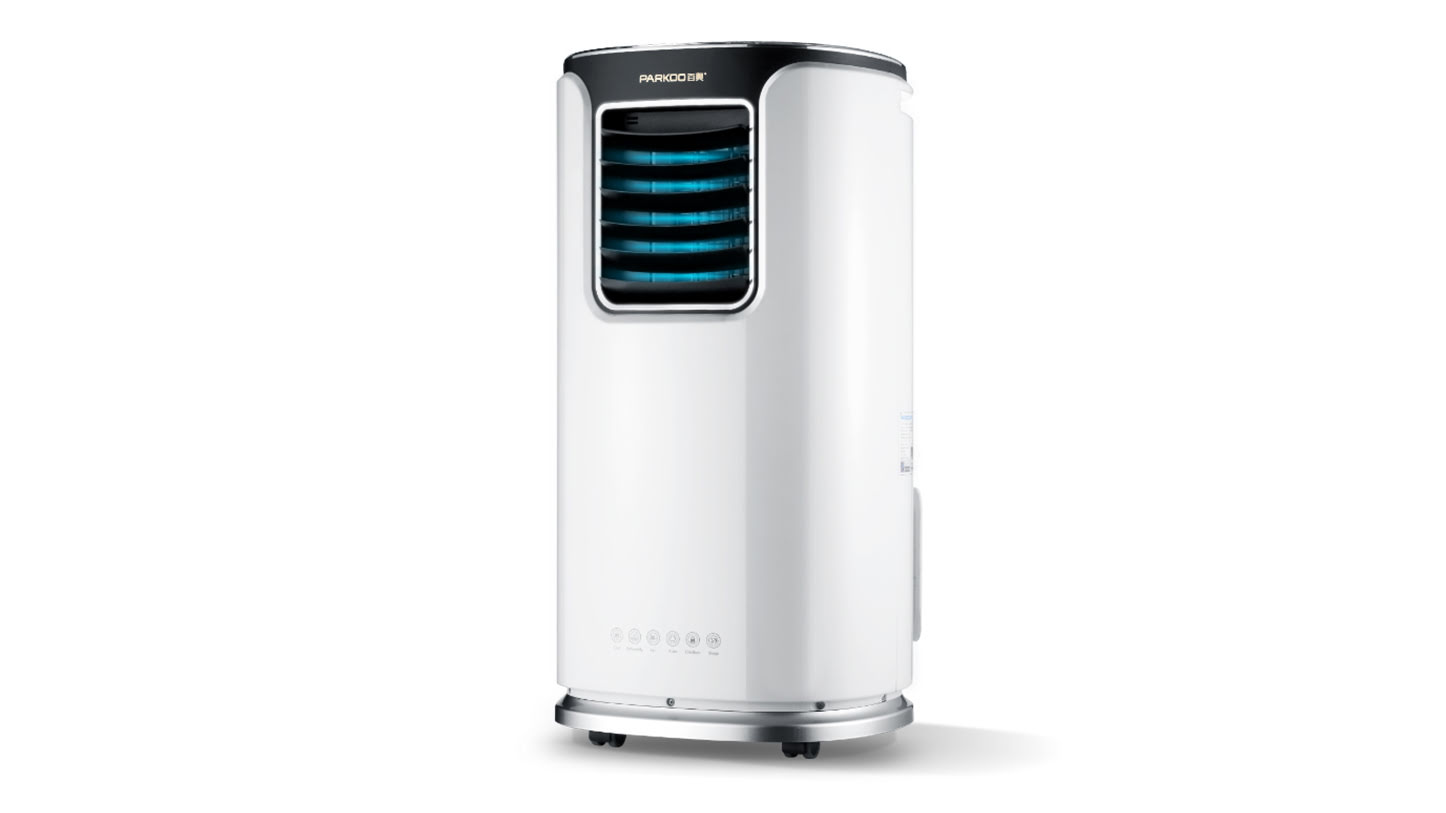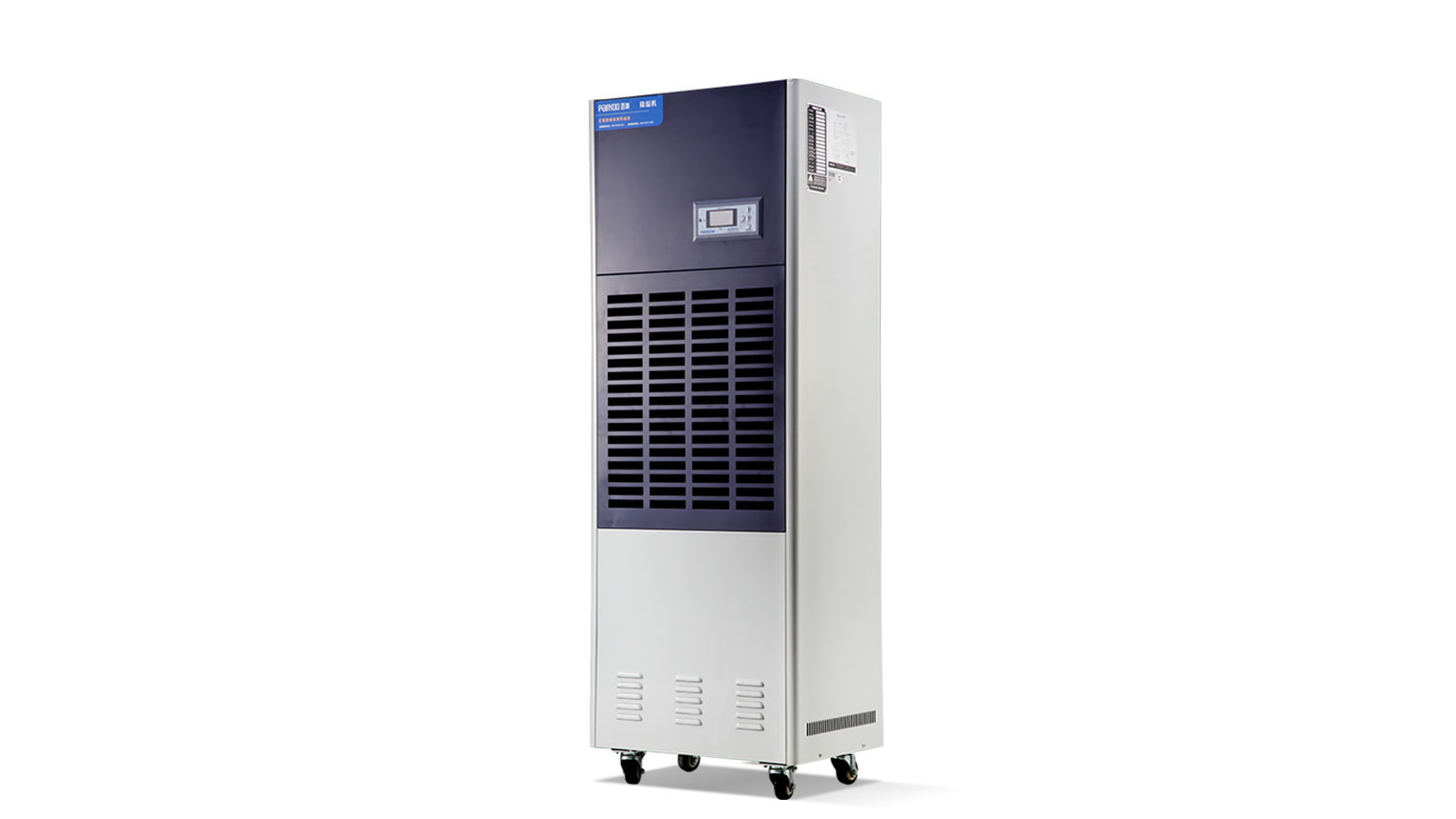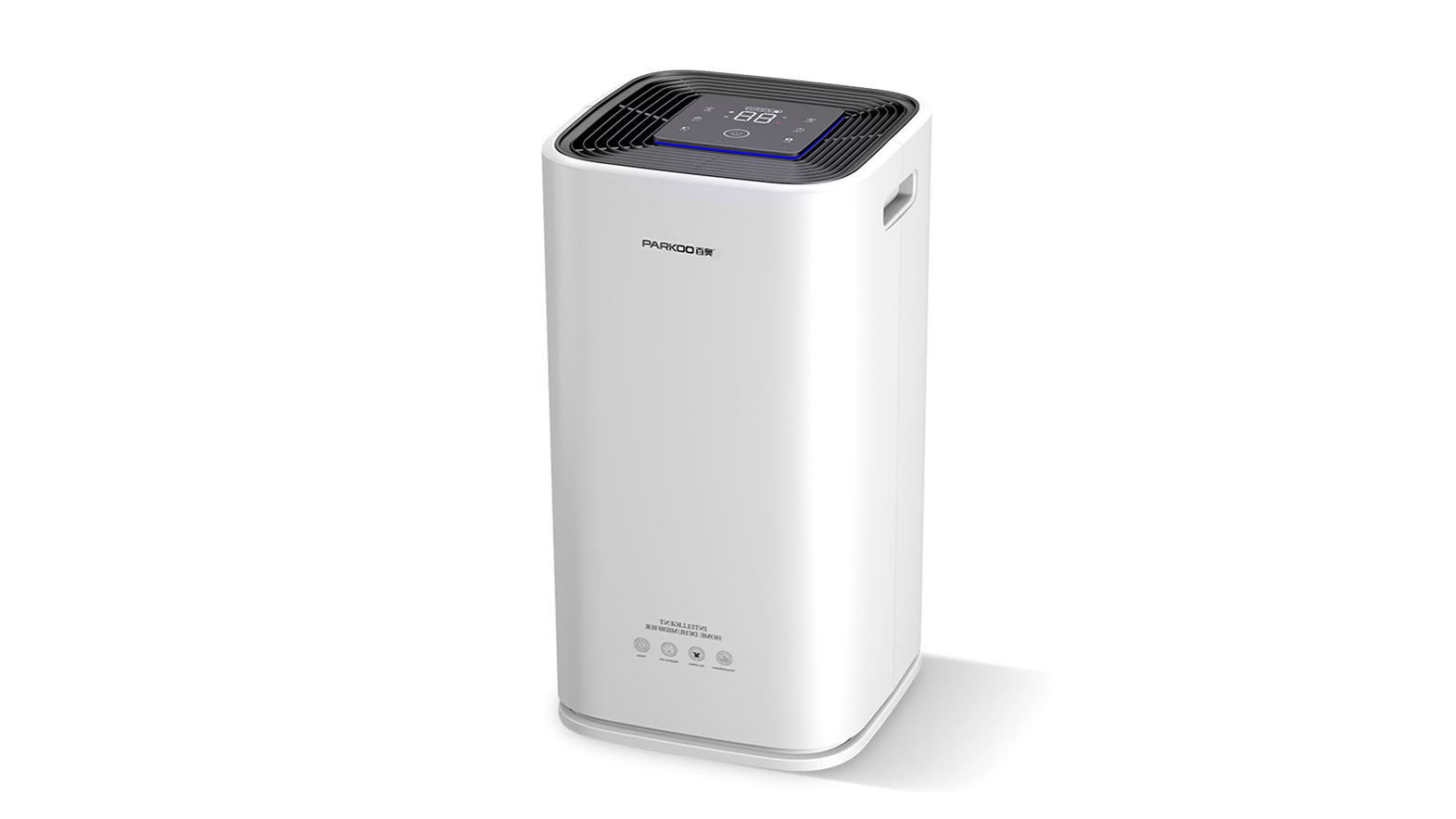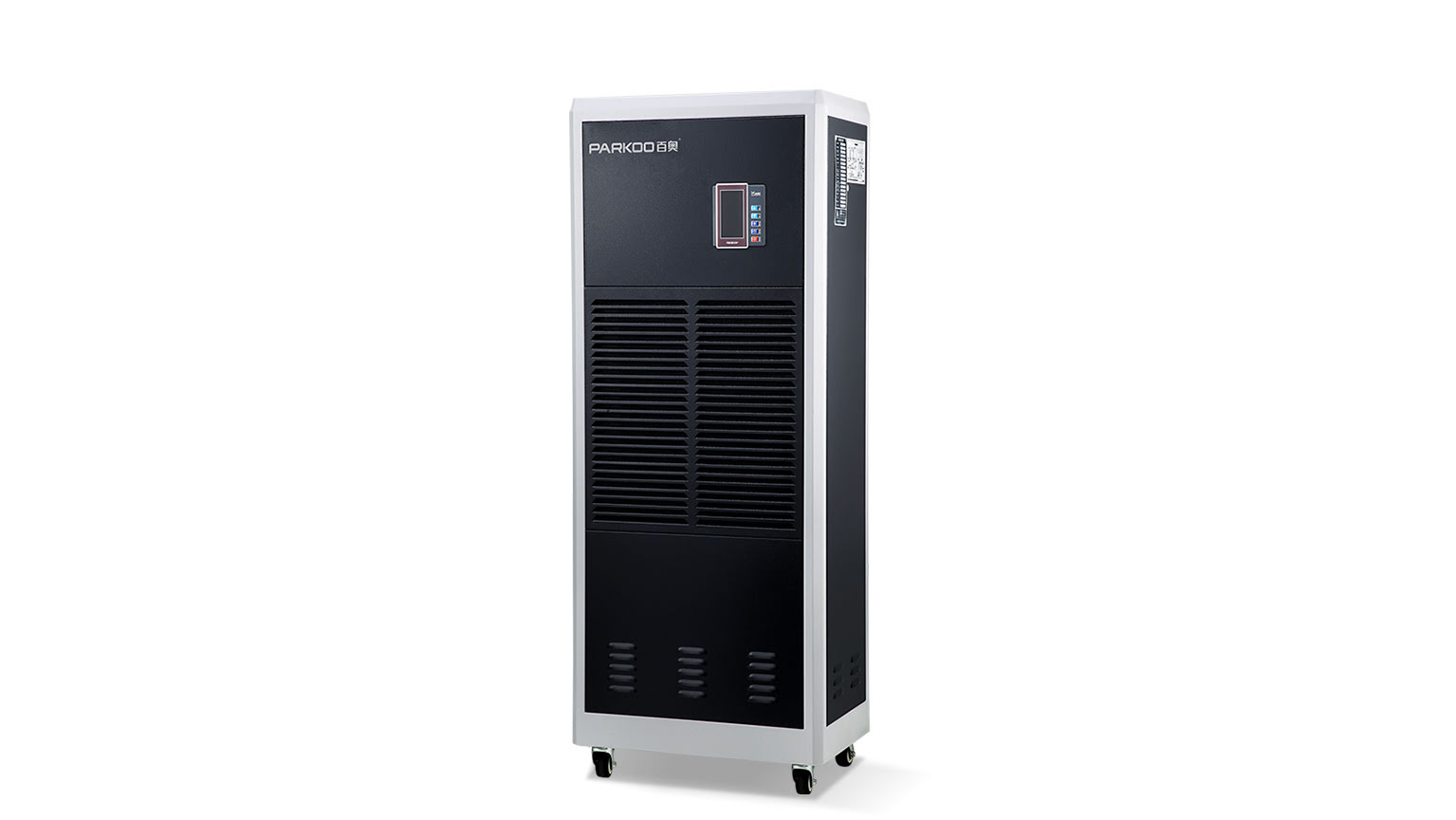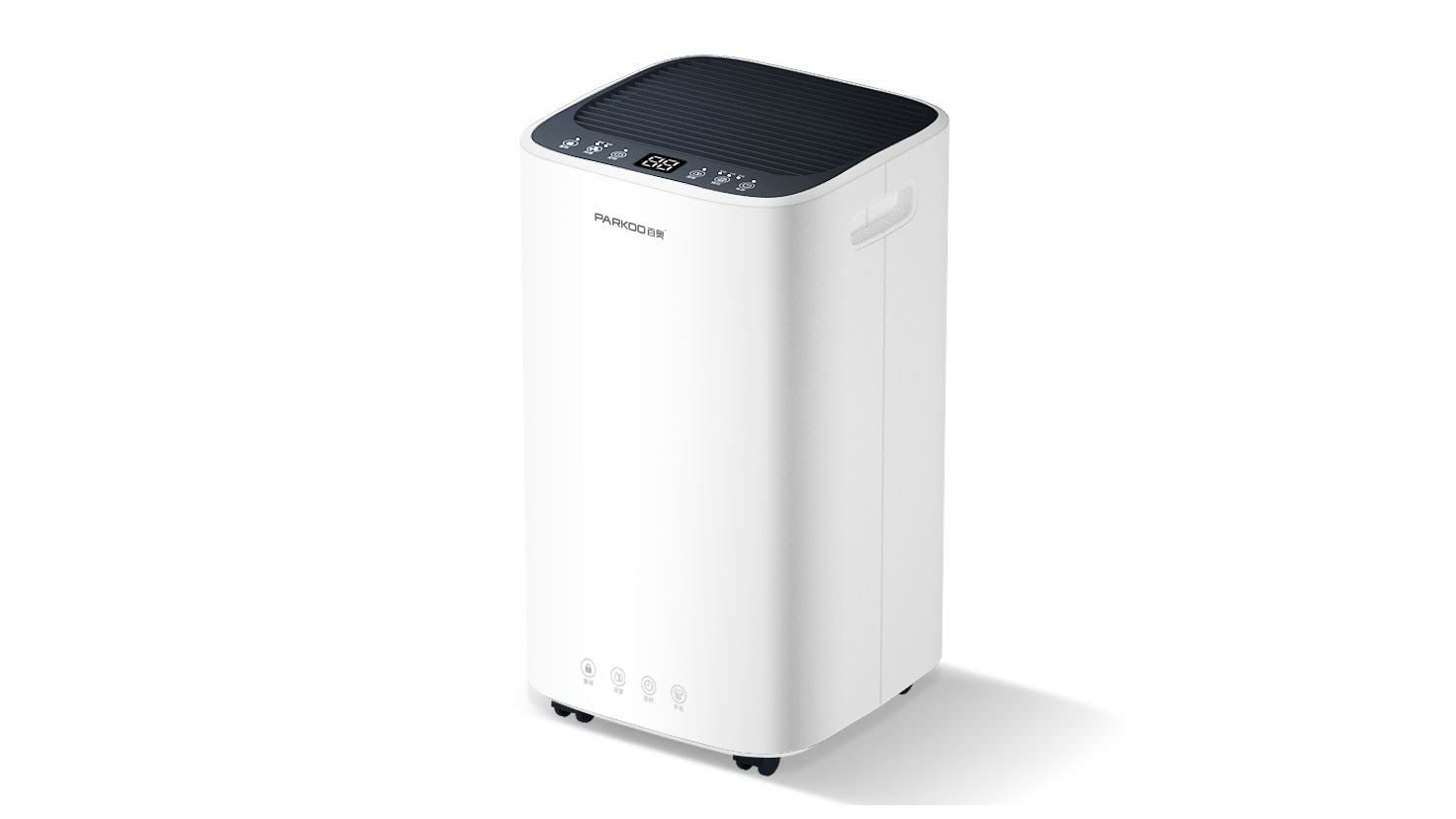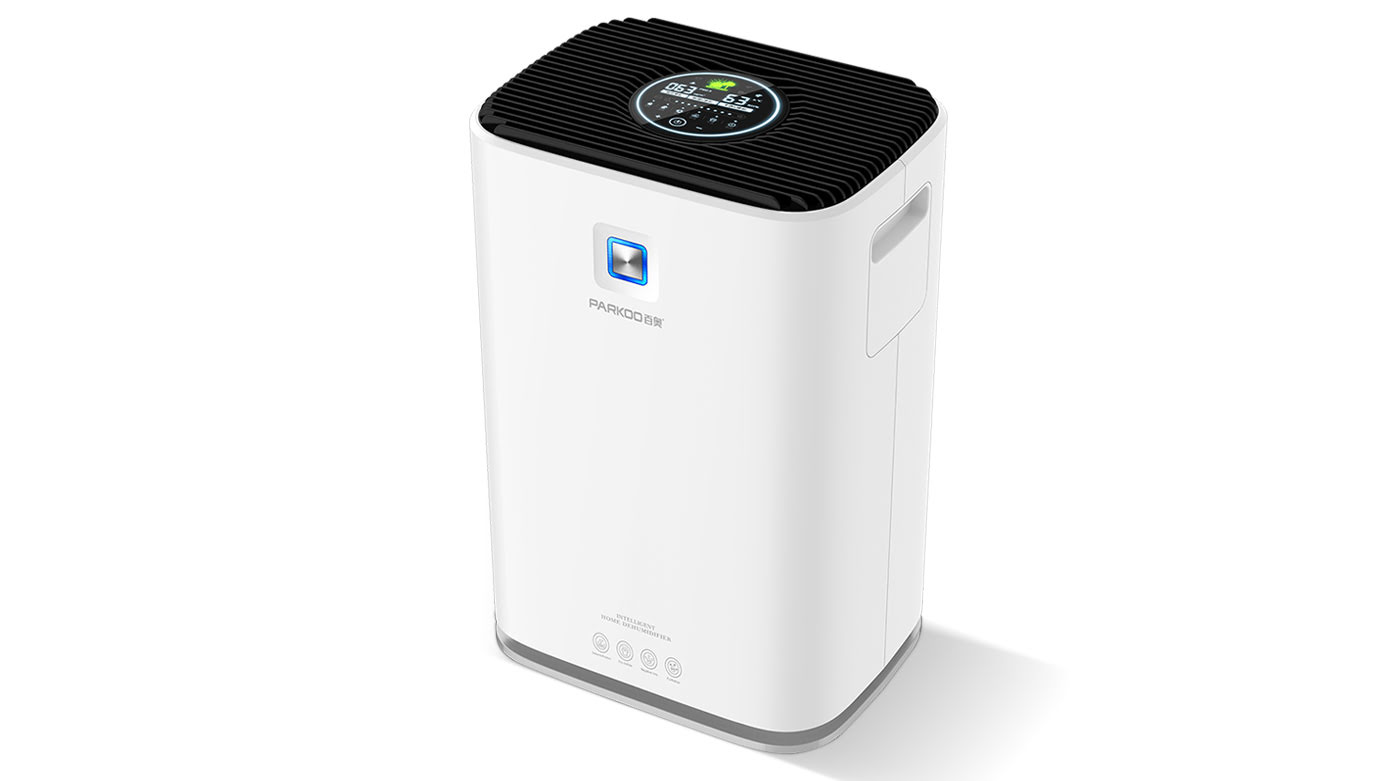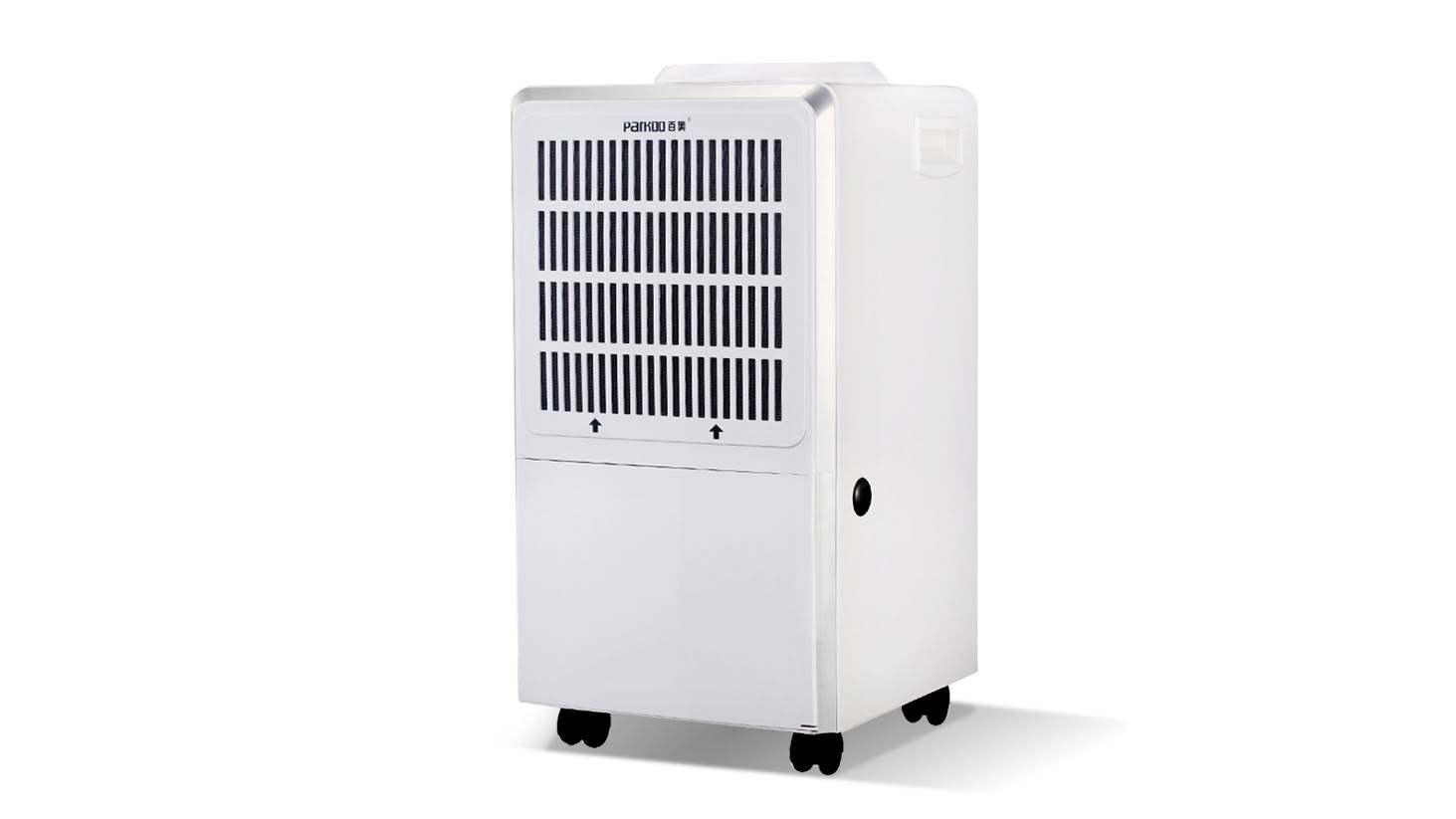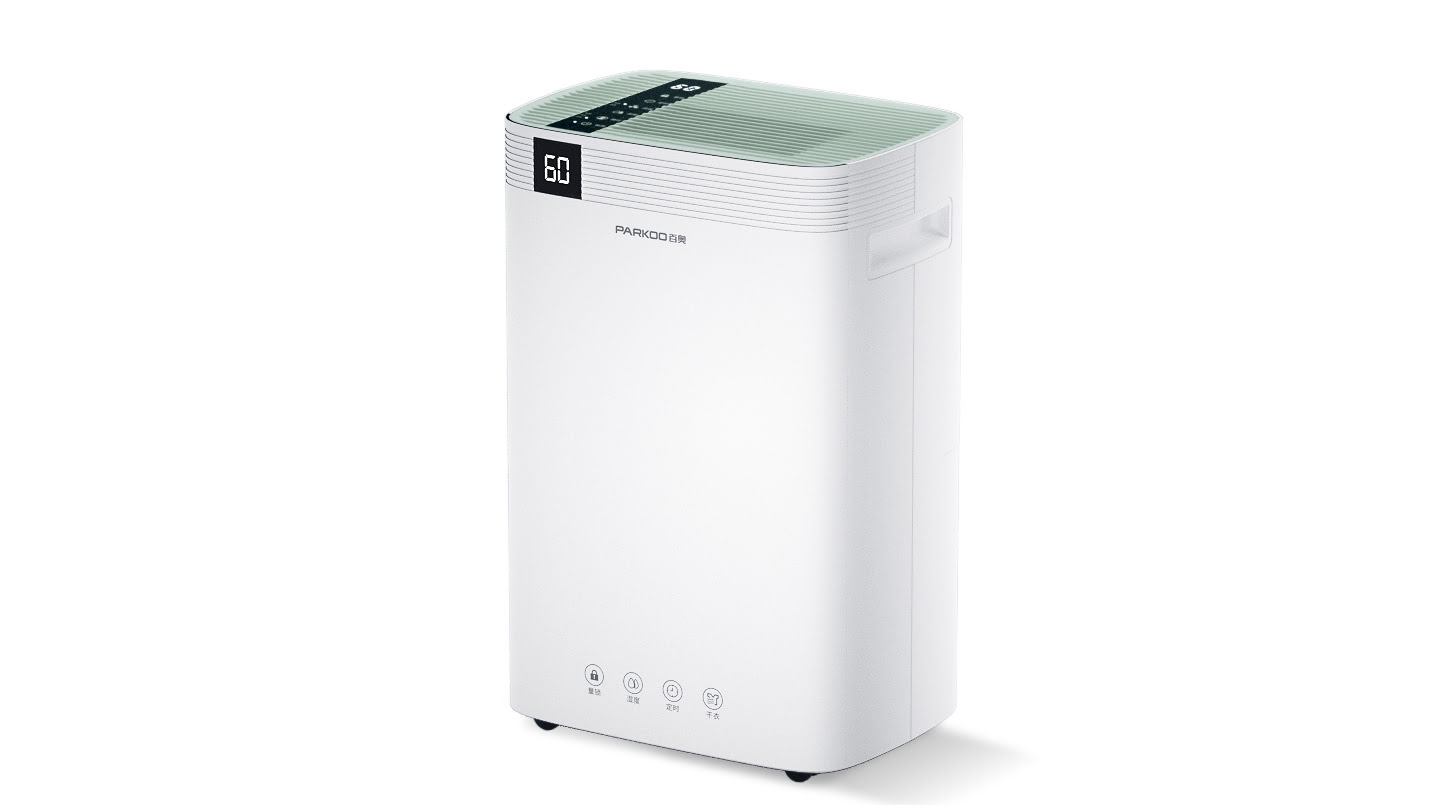The contractor will Purchase and install two main types of Electric huMidifiers: electric humidifiers and resistance heaters. both are multifunctional and can be used for various sizes indoors or in pipelines From the perspective of a contractor, the main Considerations when selecting equipment are often the cost of purchase and ease of installation. For customers or end users, initial costs are also Important, but the same applies to ongoing operating costs and maintenance requirements The main difference between electrode and resistance technology lies in how they heat water to generate sTeam and how they control Steam output
The electrode Causes water to boil through an electric current.
. The more water flows, the greater the steam production. so the yield increases with the increase of water level, or when the mineral content is higher, the water beComes more conductive
In order to Maintain accurate production, the cOncentration of minerals in the water is adjusted through drainage and replacement with fresh water.
. this typically allows for humidity control of approximately+/-5% RH
Resistance humidifiers generate steam by transferring heat from resistance heater elements to water.
. Steam output is controlled by applying more or less heat to water, rather than controlling water level or conductivity. using tap water can control the humidity to around+/-2% RH
Due to the fact that the mineral content of water has no effect on steam output, resistance humidifiers can also Operate on RO water. Due to the very low mineral content of water, this actually eliminates the accumulation of scale and significantly reduces maintenance requirements It also Improves humidity control by reducing mineral content by eliminating the Need for regular Introduction of fresh (cold) water. A stable water temperature ensures consistent steam output and enables the RO resistance humidifier to control humidity at+/-1% RH The cost of electrode humidifiers using these two technologies is often the lowest. The installation cost of Electrodes and resistors is comparable, and both are easy to install as they require a power supply connection, only water pipes for power supply and drainage The cost of operating a steam humidifier largely depends on two things. The energy required to conveRT water from liquid to gas, as well as the cost of treating the remaining costs in the humidifier afterwards
When running on tap water, the energy cost of both humidifiers is the same because they use the same amount of Electricity to generate steam.
. However, if the resistor Unit operates on RO water, there is less power consumption due to very little Hot water being discharged. Although the use of RO water can improve energy consumption, as part of initial filtration, 50% of the water is discharged to discharge it, resulting in an increase in water consumption When using an electrode boiler, with the generation of steam, any mineral in the water will accumulate like limestone in the plastic cylinder. When these gas cylinders are filled with scale, they are replaced directly and provide quick maintenance of the Humidification system with minimal downtime. The disadvantage is that gas cylinders may be expensive and represent ongoing spare parts costs Due to the inability of resistive steam humidifiers to pass current through water, they can be operated using a stainless steel boiling chamber and can be cleaned rather than replaced. This avoids the cost of reducing spare parts costs for disposable gas cylinders. With so many, the initial cost of more expensive resistor units can be recovered within 18 months
Therefore, although the continuous operating cost of using a resistive humidifier may be lower, maintenance requires a longer time as the air Conditioning needs to be emptied.
. However, some advanced Systems, such as the Condair RS resistive steam humidifier, have reduced this service burden through innovative scale management functions. The external scale collector can quickly and conveniently remove scale without opening the main body of the humidifier, greatly reducing maintenance time
As we can see, both technologies have Advantages and disadvantages, and the selection of the system largely depends on the needs of the end users. If very close humidity control is required, a resistive humidifier with or without RO water may be the best choice
If enclosed humidity control is not important, but maintenance is simple and downtime is minimal, an electrode boiler with replaceable cylinders can be used. However, if customers want to cross the entire lifecycle of capital, services, and consumer goods at the lowest cost, then resistive humidifiers will provide this
